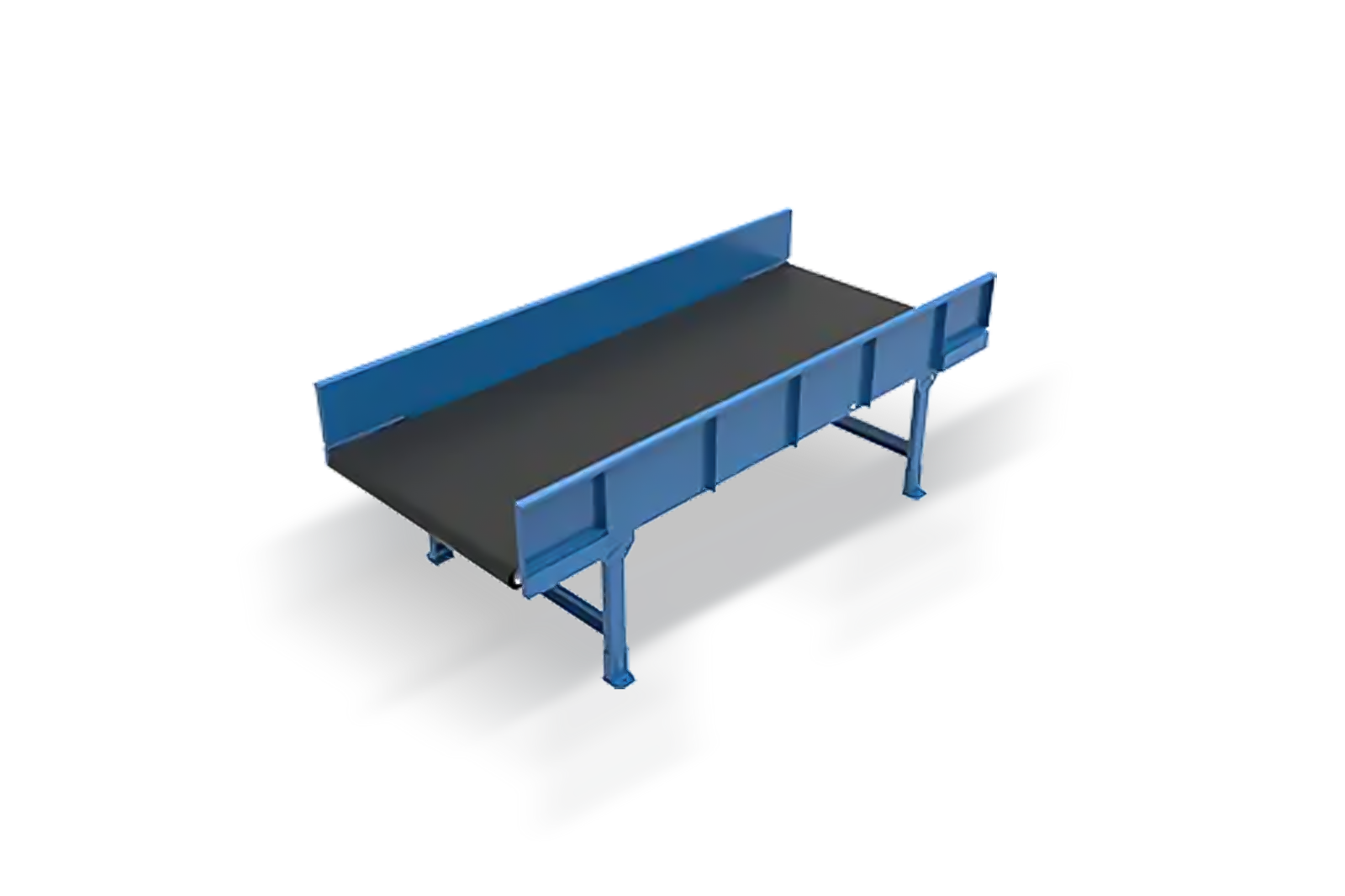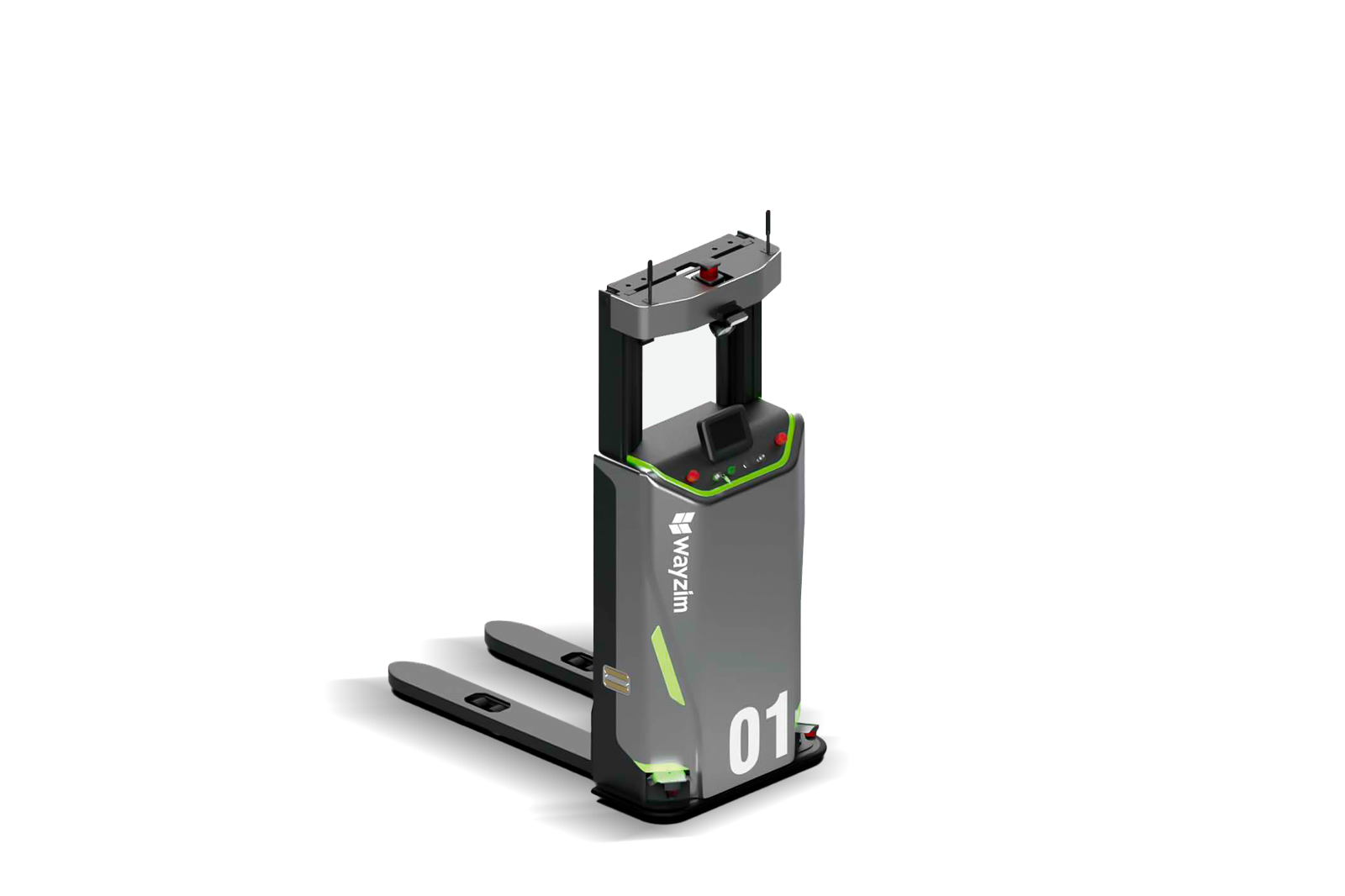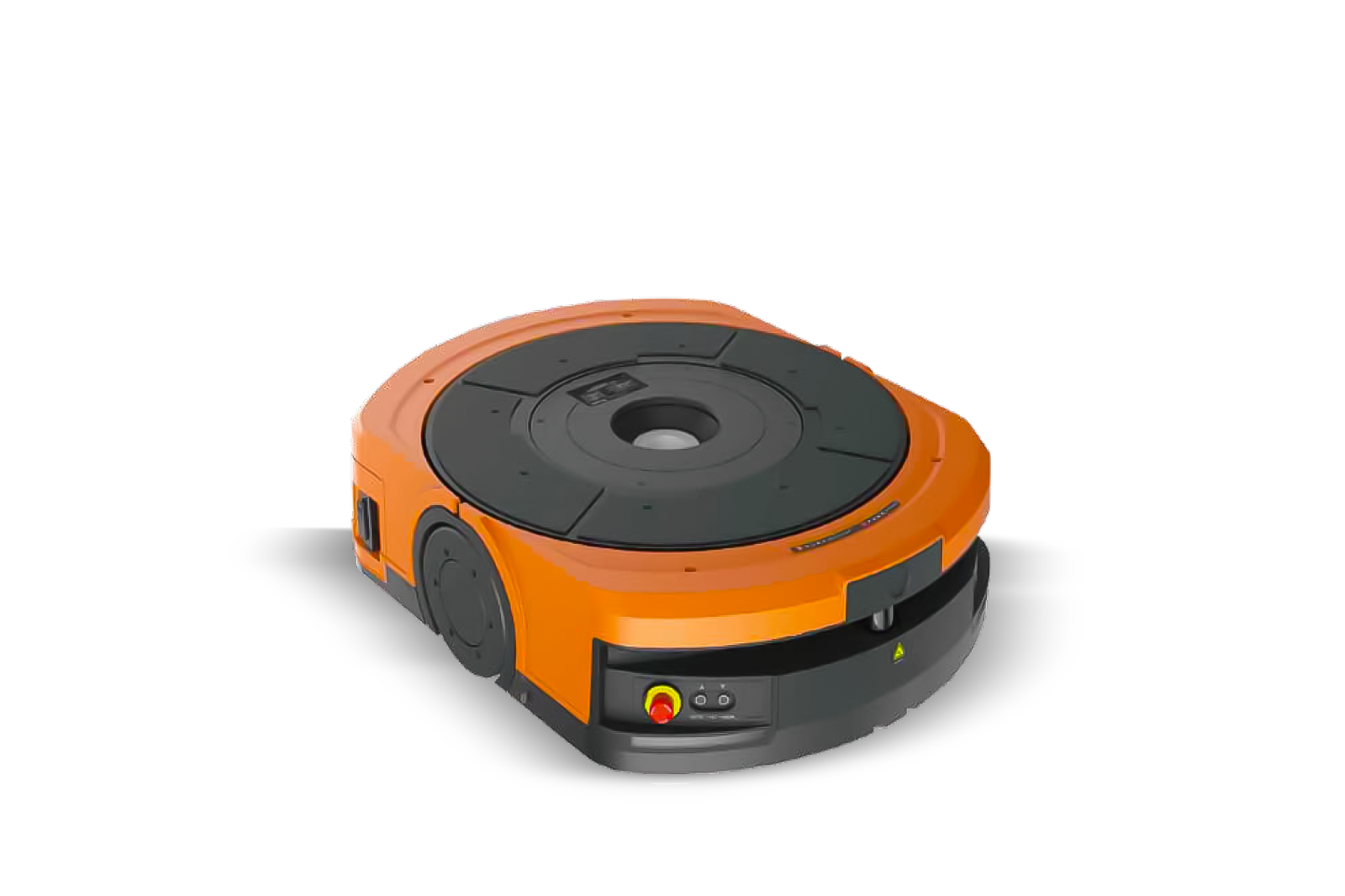Warehouse automation has become a cornerstone for modern supply chains, offering various advantages that range from increased efficiency to enhanced safety and sustainability. Drawing from the extensive solutions provided by SmartlogitecX, we can see how warehouse automation not only optimises operational workflows but also addresses real-world challenges in warehousing and distribution.
1.Increased Efficiency and Productivity
• Automation of Repetitive Tasks: Warehouse automation systems can take over repetitive, labor-intensive tasks such as picking, automated sorting, packing, and palletising. This frees up human workers to focus on more complex activities.
• 24/7 Operation: Automated systems, such as robots and conveyor systems, can operate continuously without breaks, boosting overall throughput and handling larger volumes of goods.
• Faster Order Fulfillment: Automated systems can significantly reduce the time it takes to pick, pack, and ship orders, leading to quicker order processing and faster deliveries.
2.Improved Accuracy and Reduced Errors
• Minimised Human Error: Automation eliminates the risk of human errors in picking, packing, and sorting, which can lead to mistakes such as incorrect items being shipped or stock discrepancies.
• AI and Machine Learning: AI-powered automation systems use algorithms to optimise routes and pick the correct items with high precision. Automated systems can achieve 99.9% picking accuracy.
• Reduced Returns: By improving the accuracy of order fulfillment, businesses can reduce the number of product returns, which saves time and money and enhances customer satisfaction.
3.Cost Savings
• Reduced Labor Costs: Automation reduces the reliance on manual labor for repetitive tasks, lowering labor costs and the need for hiring seasonal or temporary workers during peak
periods.
• Lower Operating Costs: Automated warehouses require less lighting, heating, and space optimisation, which can lead to significant savings in operational expenses over time.
• Energy Efficiency: Some automated systems, such as automated storage and retrieval systems (AS/RS), optimize energy use by minimizing the movement of goods, thus reducing energy consumption.
4.Better Space Utilization
• Vertical Storage Optimization: Automated systems, such as robotic cranes or AS/RS systems, allow businesses to store goods vertically, making better use of warehouse space. This helps reduce the overall footprint of the warehouse while maximizing storage capacity.
• Dynamic Storage Allocation: Automated systems can intelligently place goods in locations that optimise space and efficiency, helping to reduce bottlenecks and congestion.
5.Enhanced Safety and Reduced Workplace Injuries
• Fewer Manual Handling Tasks: Automation eliminates the need for workers to engage in potentially hazardous activities such as heavy lifting, repetitive motion, and forklift operation, reducing the risk of injuries.
• Improved Safety Standards: Automated systems operate under strict safety protocols, with sensors, cameras, and AI-powered monitoring systems that help prevent accidents and create safer working environments.
6.Faster Inventory Management and Real-Time Data
• Real-Time Inventory Tracking: Automated warehouse systems track inventory levels in real-time, providing instant visibility into stock levels, movements, and availability. This helps in optimising inventory management and preventing stock outs or overstock situations.
• Reduced Inventory Discrepancies: Automation ensures more accurate tracking and counting of inventory, reducing the likelihood of errors or discrepancies in stock data.
7.Scalability and Flexibility
• Scalable Operations: Automated systems can easily scale to handle increasing volumes during peak seasons or as the business grows, allowing businesses to meet customer demand without requiring significant changes in the workforce.
• Modular Solutions: Many warehouse automation systems are modular, allowing businesses to expand and adapt their automation infrastructure to meet changing needs without major overhauls.
8.Improved Customer Satisfaction
• Faster Delivery Times: Automation helps speed up the order fulfillment process, reducing lead times and enabling same-day or next-day deliveries. This leads to higher customer satisfaction and loyalty.
• Accurate Orders: As automation reduces errors, customers receive the correct items in their shipments more consistently, further improving the overall customer experience.
9.Better Data and Analytics
• Actionable Insights: Automated systems collect vast amounts of data on warehouse operations, including picking times, inventory movements, and equipment usage. This data can be analysed to improve efficiency, identify bottlenecks, and forecast future demand.
• Predictive Maintenance: With real-time data from sensors, businesses can predict when machinery or equipment needs maintenance, reducing downtime and avoiding costly repairs.
10.Competitive Advantage
• Faster Response to Market Trends: By improving efficiency and responsiveness, warehouse automation allows businesses to adapt quickly to market changes, seasonal fluctuations, and consumer demands, giving them a competitive edge in the market.
• Innovative Customer Service: Automated warehouses can offer more flexible and customizable services to customers, such as customized packaging, same-day shipping, or specialized handling of sensitive items.
11.Enhanced Sustainability
• Reduced Energy Consumption: Automation often results in more efficient use of energy in the warehouse, from reduced lighting requirements to optimized travel paths for picking and packing.
• Waste Reduction: Automated packaging systems can optimize the use of packaging materials, reducing waste and lowering the carbon footprint of warehouse operations.
• Greener Operations: By optimizing logistics and reducing unnecessary movements, warehouse automation contributes to overall supply chain sustainability.
Types of Warehouse Automation
• Automated Storage and Retrieval Systems (AS/RS)
SmartlogitecX offers AS/RS systems that automatically retrieve and store items, maximizing storage density and minimizing the need for manual intervention.
• Robotic Picking Systems
SmartlogitecX’s robotic picking systems improve speed and accuracy in handling items, reducing the physical burden on workers.
• Conveyor Systems
SmartlogitecX Automated conveyor systems transport goods throughout the warehouse efficiently, helping streamline the movement of inventory and minimizing handling time.
• Autonomous Mobile Robots (AMRs)
SmartlogitecX AMRs navigate the warehouse autonomously, moving goods between locations and integrating seamlessly with other automated solutions like AS/RS and WMS.
• Warehouse Management Systems (WMS)
AI-powered WMS platforms from SmartlogitecX optimize warehouse space, control inventory levels, and manage order fulfillment automatically, improving operational efficiency.
SmartlogitecX, empowered by WayZim Technologies, is at the forefront of revolutionising Warehouse Automation in the Australian and New Zealand market. Be part of the logistics transformation. Embrace SmartlogitecX’s locally-focused, globally-backed expertise. Redefine your operations, harnessing the power of technology made for Australia and New Zealand. Ready to elevate your logistics? Reach out to the SmartlogitecX sales team for your customised automation solution.






